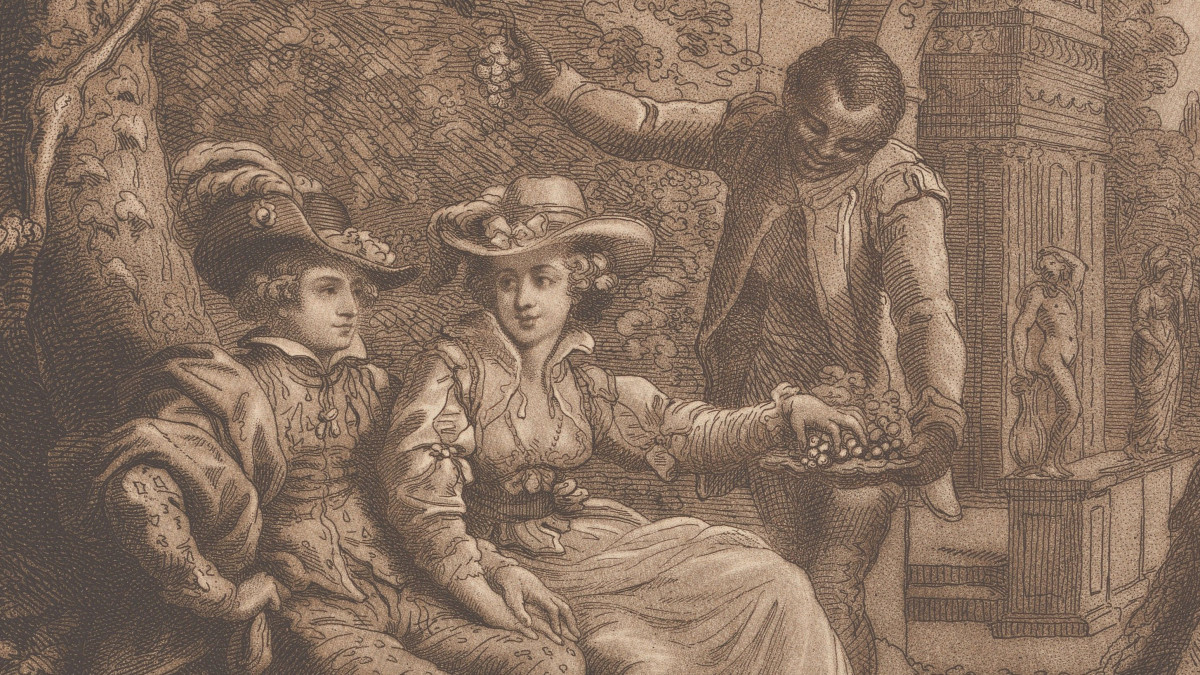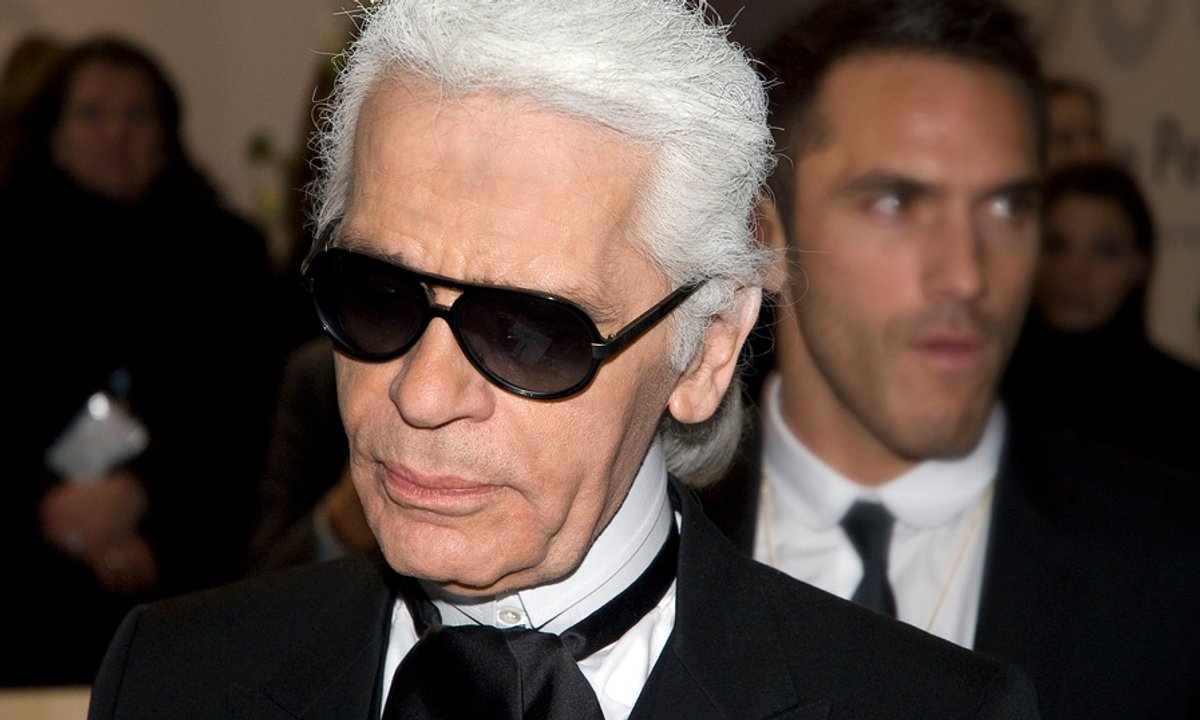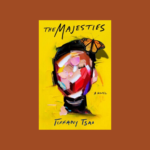An Aleatory History of the Stick
2014 - Film & Video (Film & Video)
Michael Linares
After two years of research in close conversation with anthropologists and archaeologists, Linares eventually enrolled in classes to study archeology—specifically the history of material artifacts. He became obsessed with the origin of metaphor, and the stick as the Ur (earliest) object used by humans that led to the formation of meaning itself. This video, which accompanies the “Museum of the Stick,” is part of major work surveying material culture collected and presented by the artist through a complex narrative of associations and anthropological research. Here “aleatory” means not just random but subject to the complex and organic forces of chance. “As early as the Pliocene epoch, the stick as a specific, three-dimensional form has played a vital role in the technological, social, political, aesthetic, and religious development of humanity and some animal species. The chimpanzee’s tool that catches termites, the facial ornamentation of the Yanomami people, the Shulgi of Ur’s weaponry—as well as the toothpick, knitting needle, and vaulting-pole—all represent a minute slice of the myriad transfigurations that this form has undergone throughout history.”
Michael Linares (San Juan, Puerto Rico) asks critical questions about the most fundamental forms and concepts of art. His recent work has combined physical comedy with formal abstraction, scholarly research and quotidian material culture. Through staging conceptual acts, often as ruptures of artworld conventions, he slyly invites new ways of seeing what’s been in front of us all along.
Colors:
Related works sharing similar palette

© » KADIST
Jeff Burton
2012In Eniko Mihalik (2012), the camera captures a glimpse of the eponymous Hungarian model as seen through a rearview mirror...
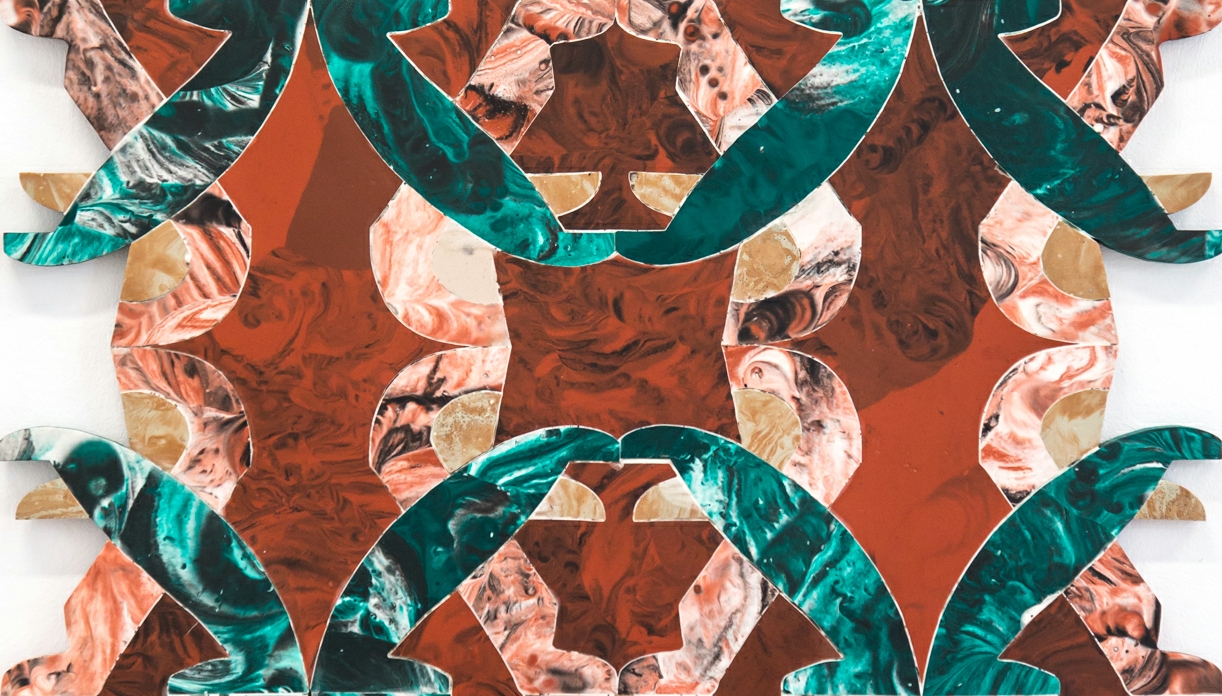
© » GALERIA FOKSAL
Szymon Szewczyk, Tears in My Eyes - Galeria Foksal Polski English GALERIA FOKSAL #Las Rzeczy Exhibitions Artists About gallery Contact Szymon Szewczyk Szymon Szewczyk, Tears in My Eyes June 25, 2022 Szymon Szewczyk | Tears in My Eyes Opening: Saturday, June 25th, 2022, 4pm – 8pm June 25th – August 20th, 2022 Curator: Katarzyna Krysiak The exhibition will include works made with polymer mass using the intarsia technique, which Szymon Szewczyk has been implementing in his art for many years The intarsias will show dancing characters, bodies in motion, some more simplified than others...

© » KADIST
Naresh Kumar
2015“Relation between Black and blood” explores the connection between performance, installation and representation...
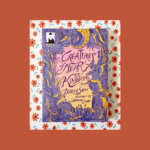
© » ARTS EQUATOR
Creature comforts: "Creatures of Near Kingdoms" | ArtsEquator Thinking and Talking about Arts and Culture in Southeast Asia Articles Zedeck Siew / Tumblr April 1, 2020 By Kathy Rowland (650 words, 4-minute read) Zedeck Siew’s Creatures of Near Kingdoms is fashioned as a bestiary, detailing the appearance, characteristics, and habitats of 50 animals and 25 plants...
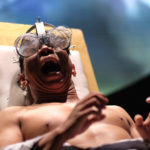
© » ARTS EQUATOR
Say No To Droogs: Teater Ekamatra's "A Clockwork Orange" | ArtsEquator Thinking and Talking about Arts and Culture in Southeast Asia Articles Monospectrum Photography October 5, 2019 By Faezah Zulkifli (1,020 words, 4-minute read) “ORANG_” The wordplay in Teater Ekamatra’s A Clockwork Orange is no accident...
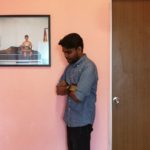
© » ARTS EQUATOR
Coda Culture: A Space for Freedom | Arts Equator Thinking and Talking about Arts and Culture in Southeast Asia Articles Akanksha Raja October 11, 2018 As told to Akanksha Raja In the latest instalment in our series covering independent art spaces in Southeast Asia, ArtsEquator.com spoke with artist Seelan Palay to learn about his practice, his inspirations, and his journey setting up the independent alternative art space Coda Culture , at 803 King George’s Avenue in Singapore...

© » THEARTNEWSPER
Arnolfini censorship row deepens as artists refuse to work with the Bristol institution Art market Museums & heritage Exhibitions Books Podcasts Columns Technology Adventures with Van Gogh Search Search Censorship news Arnolfini censorship row deepens as artists refuse to work with the Bristol institution The dispute was sparked by a decision to cancel Palestine Film Festival events Gareth Harris 14 December 2023 Share Signatories say that the Arnolfini's cancellation is "part of an alarming pattern of censorship and repression within the arts sector" Courtesy Artists for Palestine UK More than 1,000 cultural figures—including the artists Ben Rivers, Brian Eno and Tai Shani—are refusing to work with the Arnolfini contemporary arts centre in Bristol, UK, after the institution cancelled two events last month as part of the city’s Palestine Film Festival...





